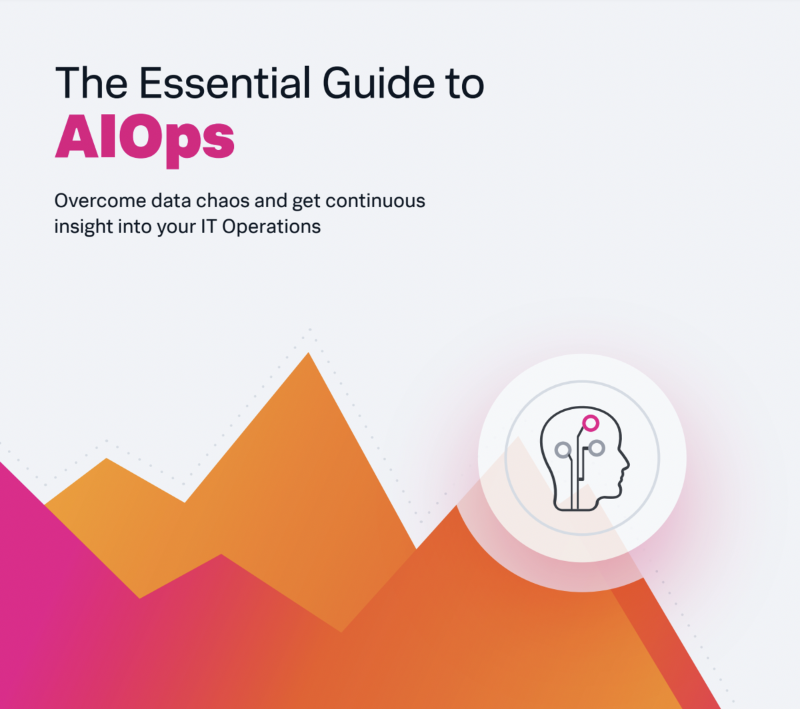The Essential Guide to AIOps
Published on 10 Sept 2022

AIOps is the process of automating and enhancing IT operations via the use of analytics and machine learning to large data sets. These new learning algorithms can examine vast quantities of network and machine data to identify patterns that human operators may not always recognize. These patterns may pinpoint the root cause of present issues and foresee future consequences. The ultimate objective of AIOps is to automate regular procedures in order to boost the accuracy and speed of problem detection, so allowing IT personnel to fulfill rising demands more efficiently.
Histories and Origins
Gartner first created the term AIOps in 2016. Gartner defines AIOps platforms in its Market Guide for AIOps Platforms as "software systems that combine big data and artificial intelligence (AI) or machine learning functionality to enhance and partially replace a broad range of IT operations processes and tasks, such as availability and performance monitoring, event correlation and analysis, IT service management and automation."
AIOps Now
More is expected of operations teams than ever before. Old tools and methods never seem to perish, which is a regular occurrence that may sometimes be seen as comical. Yet the same operations teams are under ongoing pressure to handle an increasing number of new projects and technologies, sometimes with static or falling employment levels. In addition, larger change frequencies and higher system throughput often render the data produced by these monitoring tools almost incomprehensible.
To overcome these obstacles, AIOps:
- Integrates information from different sources: Conventional IT operations techniques, tools, and solutions aggregate and average data in unsophisticated ways that threaten data integrity (see the aggregation approach known as "averages of averages" as an example). They were not built for the amount, diversity, and velocity of data created by today's complex and interconnected IT infrastructures. A core component of an AIOps platform is its capacity to gather massive data sets while preserving the data's integrity for exhaustive analysis. Always be able to go down to the source data from which aggregated conclusions are derived.
- Simplifies data analysis: The ability of AIOps systems to correlate these huge, heterogeneous data sets is a key distinction. Only with all of the best data is it feasible to do the finest analysis. The platform then uses automated analysis to this data to discover the root cause(s) of present problems and forecast future problems by studying the intersections between apparently unrelated streams from many sources.
- Automated response: Identifying and forecasting concerns is crucial, but AIOps systems have the most effect when they alert the appropriate individuals, automatically remedy the detected issue, and, ideally, execute orders to prevent the issue from occurring. Common solutions, such as restarting a component or defragmenting a full disk, may be handled automatically, allowing personnel to intervene only when standard methods have been exhausted.
Key Organizational Benefits of AIOps
AIOps may deliver substantial commercial advantages to a company by automating IT operations processes to optimize and increase system performance. For instance:
- Avoiding downtime increases customer satisfaction and staff trust.
- Integrating previously isolated data sources enables more comprehensive analysis and insight.
- Accelerating root-cause analysis and correction saves time, money, and assets.
- Service delivery is improved by accelerating and standardizing incident response.
- Finding and resolving complex problems more rapidly increases IT's capabilities to support expansion.
- Identifying and mitigating problems proactively enables IT professionals to concentrate on higher-value analysis and optimization.
- A proactive reaction enhances system and application growth projections to meet future demand.
- Adding "slack" to an overburdened system by doing menial tasks, letting people to concentrate on higher-order issues, resulting in increased production and improved morale.
